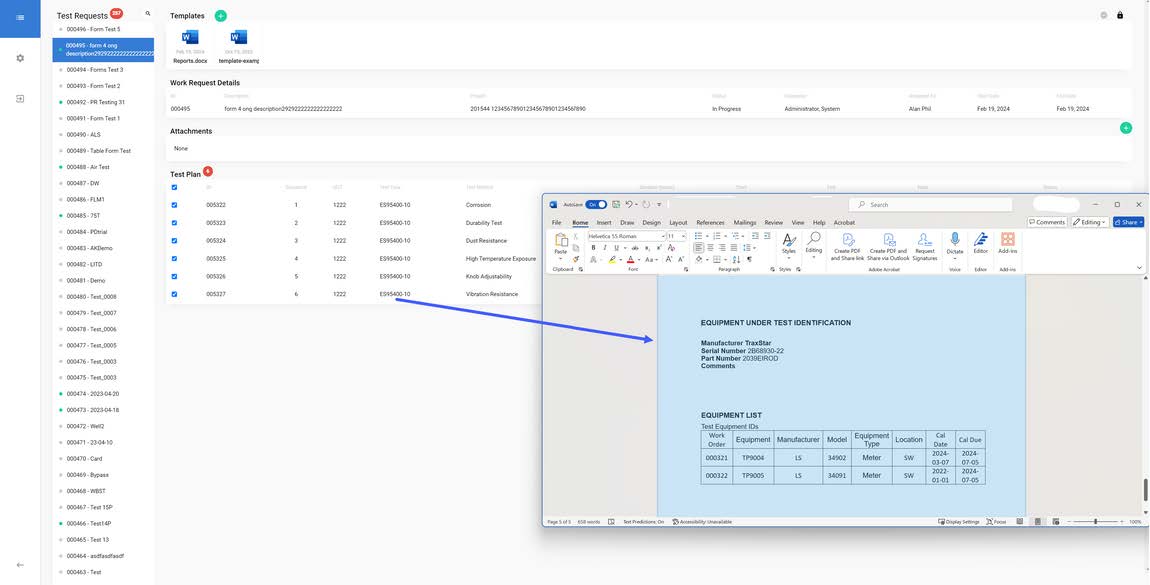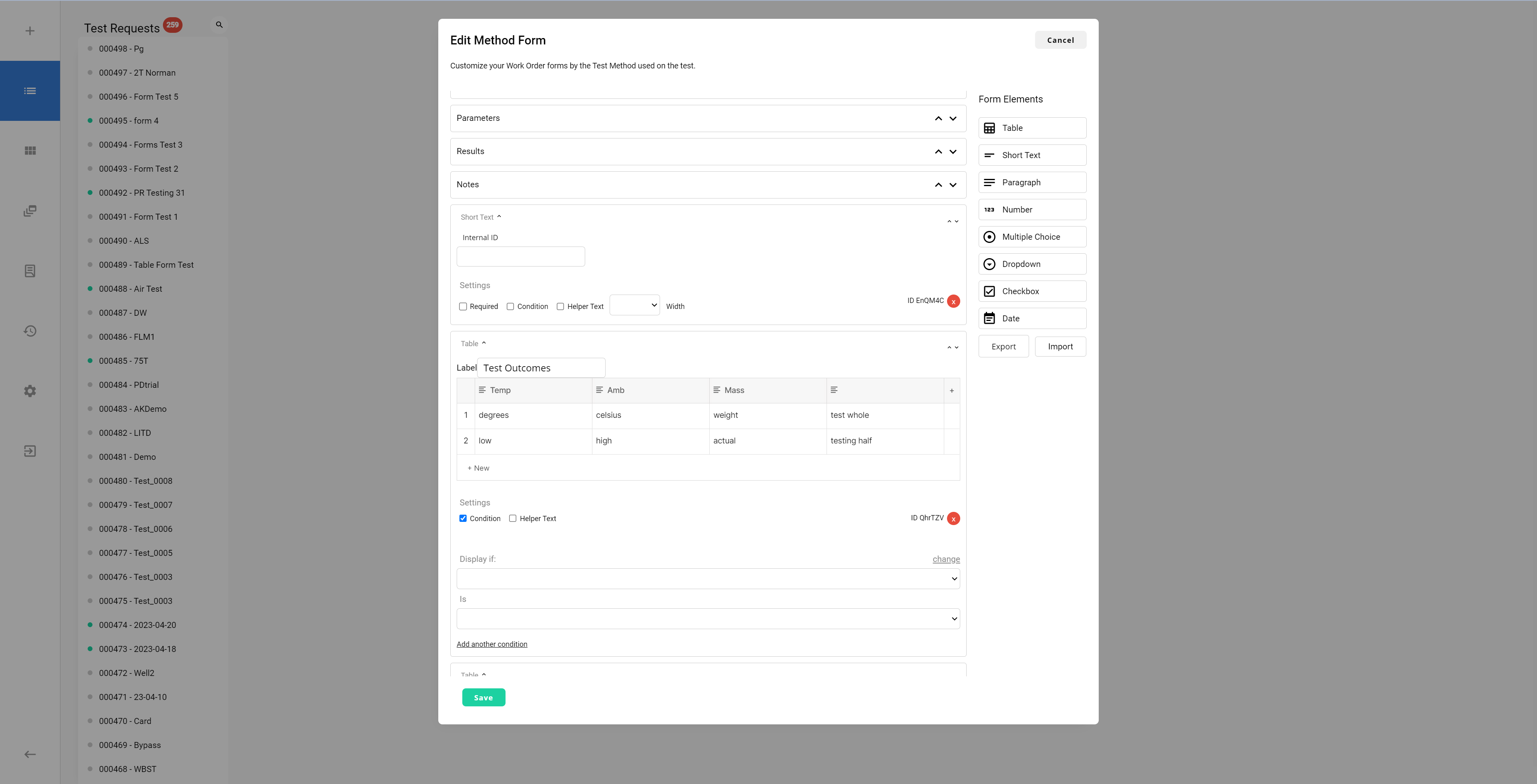QATrax LIMS, a laboratory information management system, is a software application that helps you manage your lab data. By optimizing your lab data management with a LIMS, you can improve efficiency and accuracy in your lab.
In this blog post, we will discuss the benefits and provide tips on how to optimize your lab data using LIMS.
Understanding Lab Data Management
The first essential step to lab data management is assessing your current lab data systems. Lab data management includes the acquisition, validation, storage, and retrieval of data.
A LIMS can help you manage your lab data by providing a central source for all of your data. A LIMS can also help you improve the efficiency of your lab by automating tasks. In addition, a LIMS can improve the accuracy of your data by providing a secure auditable trail and minimizing mistakes.
Customized LIMS
When choosing a LIMS for Lab data management, it is important to select a LIMS that is flexible, scalab,le and customizable. A flexible LIMS can meet the many needs of your lab. A scalable LIMS can grow from one lab to all labs in your enterprise. A customizable LIMS will meet more of your specific business needs and increase acceptance amongst the users. It is also important to select a LIMS that is easy to use so that you and your staff can maximize productivity with the system.
Our LIMS, QATrax, can be customized to meet more of your business' needs.
Tips for optimizing lab data management with a LIMS
Once you have selected a LIMS, there are several things you can do to optimize your Lab data management with the system.
Here are some tips:
- Use the unit tracking feature of the LIMS to track the data and status of your unit under tests.
- Use the data analysis and dashboard features of the LIMS to analyze your lab data in real-time.
- Use the security features of the LIMS to control access to your lab data.
- Use the audit trail feature of the LIMS to track changes.
- Use the reporting features of the LIMS to generate reports.
By following these tips, you can optimize and improve the efficiency and accuracy of your lab.
Traditional Management Mistakes
Many companies make the mistake of trying to manage their lab data in the same way they manage their other business data. However, lab database management is a unique process that requires specific tools and methods.
One of the most common mistakes companies make when managing their lab data is failing to establish a central repository. Without a central repository, lab data can be lost or scattered across different departments and locations. This can make it difficult to track lab data and ensure its accuracy. A LIMS can help you avoid this mistake while making audits easier and improving your ability to find your information when you need it.
Improve Data Visibility and Collaboration within your Organization
Another mistake companies often make is failing to improve data visibility and collaboration within their organization. Data visibility refers to the ability of different departments and users to access and view lab data. Data collaboration refers to the ability of different departments and users to work together on lab data. Improving data visibility and collaboration can help you optimize your lab data management.
A LIMS can also help you improve data visibility and collaboration by providing features such as role-based access control and workflow management.
How is your lab data currently managed?
How is your lab data currently managed? How could it be improved?
Traditional management practices often result in lost or scattered data, making it difficult to track and ensure accuracy. A LIMS can help you avoid these mistakes while also complying with regulations like audits.
Do you have a Lab Data Management Plan?
Does your lab have a data management plan? If not, consider creating one. A lab data management plan is a document that outlines how you will manage your lab data.
A lab data management plan can help you ensure that your lab data is accurate and compliant with regulations.
If you're looking to improve your lab data administration, consider using a LIMS. These tools can help you optimize your lab data management by improving data visibility and collaboration within your organization.
Is your lab data management plan optimized for your company's needs?
Lab data is essential for many aspects of your business, such as research and development, quality control, and compliance. Lab data also has a direct impact on your bottom line. Therefore, it is important to have a lab data management plan that is optimized for your company's needs.
How can I improve my lab management?
There are several things you can do to improve your lab data management. One way is to use a LIMS that provides a central repository for both lab data and supporting data. A LIMS can also help you manage your lab equipment in one lab management solution.
There are many advantages to using a laboratory information management system (LIMS), such as improved safety, insights into workflows and processes, the ability to manage data from many labs in one place, and reduced data loss.
When it comes to laboratory data management and control, there is no one-size-fits-all solution. However, using a LIMS can help you optimize your lab data administration by improving data visibility and collaboration within your organization. In addition, using LIMS can help you create a more efficient workflow and improve the accuracy of your lab data.
Our LIMS software QATrax handles this and much more.
As the lab digital revolution continues QATrax LIMS is becoming the go-to all-in-one solution for lab management.
To learn more about how our software can help you optimize your lab data management, contact us today.









